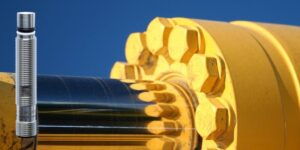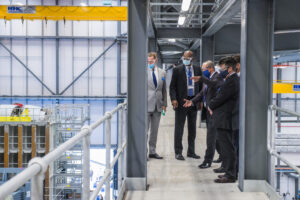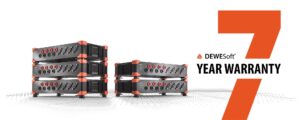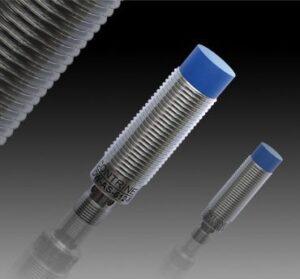Even before summertime hits, we have already seen some good BBQ weather, with the mercury rising and letting us enjoy the great outdoors.
Great for you, but it doesn’t bode as well for your electrical equipment. At this point in the year, there probably won’t be any alarms on your cooling equipment and therefore you’re mind wanders to other important issues on your site which need more ready attention. Climate Control can wait… Right?
Wrong… in fact, the opposite is true; this is the best time of year to turn your mind to your enclosures, carry out a climate review, and start to understand what changes or improvements need to be made before it’s too late.
In a few months’ time, things will be very different.. Fans and filters won’t be cutting it if the ambient temperature is higher than you require inside your enclosures! While everything is settled down, it’s worth assessing any problem enclosures from last year and making the necessary changes, to ensure that when summer comes you are free to spend your time on tasks other than firefighting.
It’s important to remember that every degree above your set-point will be time removed from the life of your PLCs, variable speed drives and transformers. Collectively, this can easily have a replacement value that tops £100k, even in a relatively small setup. If you replace only 2% of that equipment each year because of burnt-out or damaged componentry, then the costs can quickly mount up and it’s an entirely unnecessary spend.
But it’s not just the cost of repair and replacement of the actual componentry. There are also the add-on operations costs caused by unexpected breakdown and stopping the processes it controls. This lost output will continue for as long as it takes to repair the fault and is bound to have consequences for your wider business, impacting productivity and efficiency, and thereby reducing profits.
Correct climate control is often overlooked during the installation of electronic equipment because the focus is all on the equipment, not on regulating the environment that it operates within.
This is where Rittal can help you, we are the world leaders in enclosure climate control products and pride ourselves on being your trusted advisor.
With our RiAssure service, one of our trained staff can visit you and provide a FREE Cooling Review. This review is a short visual inspection of your existing enclosures and cooling equipment; from this we can ascertain the next best step for your equipment and also provide ongoing, best practice, suggestions so that your operations benefit from increased longevity, life and profit.
So before summer arrives, reap the benefits of the optimising your climate control.
On Wednesday June 2nd Rittal is hosting a free Webinar where Karl Lycett, Rittal UK’s Climate Control Product manager will discuss this topic in more detail and answer your questions.
To sign up please visit – https://attendee.gotowebinar.com/register/6415899252477879822
For more information visit www.rittal.co.uk or to arrange a FREE Cooling Review, visit www.rittal.co.uk, call Rittal’s customer service team on 01709 704000 or E-Mail cooling@rittal.co.uk
 Instrumentation Monthly Test | Measurement | Control
Instrumentation Monthly Test | Measurement | Control










